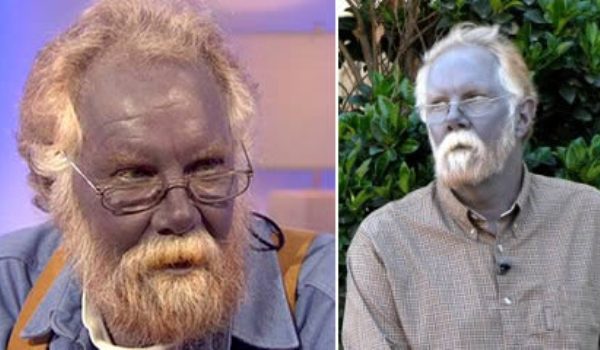In hip hop culture, a grill (also front or golds) is a type of jewelry worn over the teeth. Grills are made of metal and are generally removable. They began to be worn by hip hop artists in the early 1980s, but they became widely popular during the mid-2000s due to the rise of Dirty South rap. Though grills are fitted to the tooth impression of the wearer, whether they are safe for long-term wear is unknown.
Grills are made of metal (often silver, gold, or platinum) that is sometimes inlaid with precious stones; they are generally removable, though some may be permanently attached to the teeth. Grills can cost anywhere from fifty dollars to thousands of dollars, depending on the materials used and the number of teeth covered.
Grills are most often worn by 18- to 35-year-old urban male hip-hop listeners, and at least one commentator has argued that grills will never become mainstream. However, grills are worn by both men and women of all races, at least to some extent, as well as by celebrities far from hip-hop culture like Marilyn Manson or Travis Barker of Blink-182.
 |
| Paul Wall wearing his trademark grills. Some of Wall's grills cost nearly $30,000. |
The sparkling "dental works" of some hip-hop stars aren't exactly new. High skilled dentistry allowed Native Americans to add sparks to their teeth as far back as 2,500 years ago, as new research shows .
Ancient peoples of southern North America went to their local "tooth doctor" - among the earliest known - to beautify their grinders with notches, grooves, and semiprecious gems, according to a recent analysis of thousands of teeth examined from collections in Mexico.
Scientists don't know the origin of most of the teeth in the collections, which belonged to people living throughout the region, called Mesoamerica, before the Spanish conquests of the 1500s.
But it's clear that people - mostly men - from nearly all walks of life opted for the look, according to José Concepción Jiménez, an anthropologist at the institute, which recently made the findings public .
He stated that "They were not marks of social class" but instead meant for pure decoration .
In fact, the royals of the day - such as the Red Queen, a Maya mummy found in a temple at Palenque in what is now Mexico - don't have teeth decorations, Jiménez said.
Other evidence of early Mesoamerican dentistry - including a person who had received a ceremonial denture - has also been found.
Skilled Dentists
The early dentists used a drill-like device with a hard stone such as obsidian, which is capable of puncturing bone.
"It's possible some type of ( Plant based ) anesthetic was applied prior to drilling to blunt any pain," according to Jiménez.
The ornamental stones - including jade - were attached with an adhesive made out of natural resins, such as plant sap, which was mixed with other chemicals and crushed bones, still according to Jiménez.
The dentists likely had a sophisticated knowledge of tooth anatomy, Jiménez further mentioned. For example, they knew how to drill into teeth without hitting the pulp inside, he said.
"They didn't want to generate an infection or provoke the loss of a tooth or break a tooth."
Source(s) : Wikipedia | National Geographic






